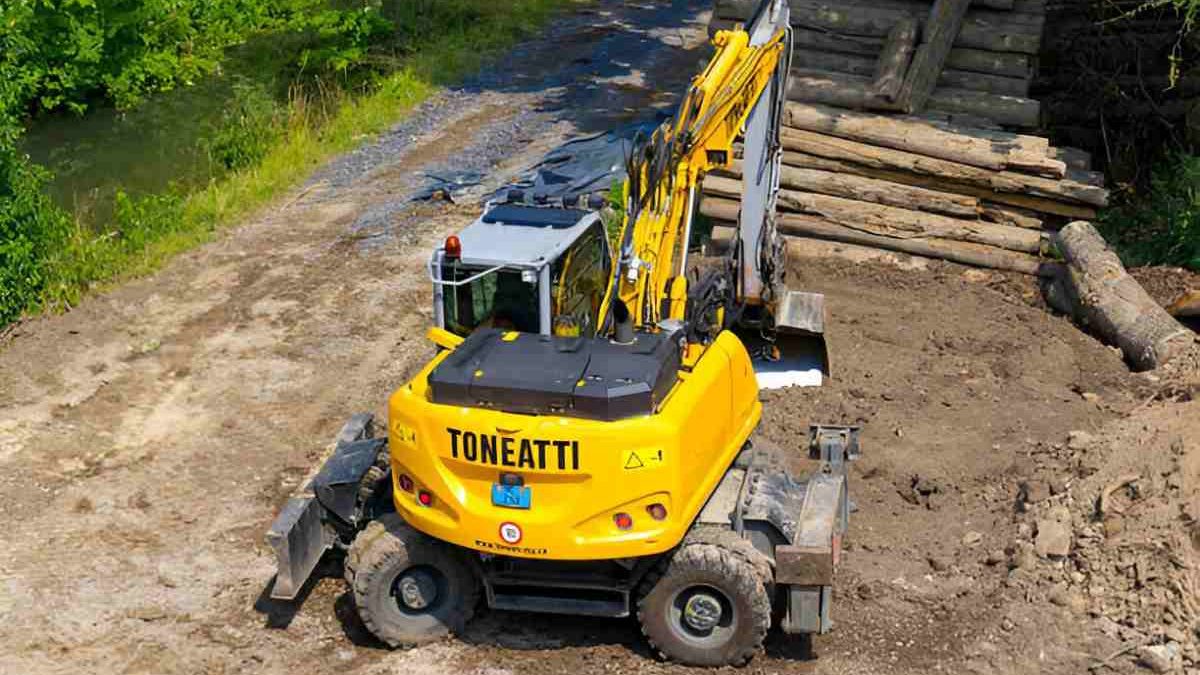Excavator brush cutters are irreplaceable equipment for construction sites, as they differ from their analogs only in terms of the speed of clearing the vegetation and bush. On the other hand, though, the power of blades and the regular rotation can cause potential problems if they are not handled correctly. Excavator cutters equipped with brush cutters are a tool beyond any competition when dealing with dense vegetation, brush, and small trees on construction sites, forestry projects, and land management tasks.
Their ability to connect directly to the grader allows these machines to reach difficult-to-access areas and uneven surfaces. Using rotary blades or flails driven by the excavator’s hydraulic system, brush cutters can remove bush properties expeditiously, shortening required human labor and project time. Besides, their utilization brings a sense of life along the roadsides for pollinators like birds and insects by eliminating the need for chemical herbicides and minimizing the clearing activity in contrast to traditional clearing activities.
In this guide, we will discover the critical safety tips applicable to proper work practice of an excavator brush cutter on construction sites, always understanding the importance of crew and operator safety:
Proper Training and Certification
Before operating an excavator brush cutter from Torrent Mulchers, get appropriate training and prepare various equipment and certifications. Become acquainted with the equipment’s control panel, enhanced safety measures, and functional guidelines. The operation of the machinery shall be restricted to skilled and authorized employees.
Conduct Pre-Operation Inspections
It is recommended that the excavator brush cutter be carefully inspected before each use. Look for any damage, loose bolts, or hydraulic leaks; fixing them is necessary. Ensure all safety guards and safeguards are installed and functioning correctly. Dwell on potential issues during operation and provide safety precautions to avoid accidents.
Inspect the Work Area
The work area where the excavator brush cutter is used should be carefully inspected to identify possible hazards. Observe for hidden pipes, roots, rocks, and stumps that could harm the equipment or people being operated. Set conditions for the site that will be safe and provide space for proper operating, including appropriate ground conditions and clearing the area of debris.
Maintain Stability and Balance
Staying erect and controlled is crucial to stop any damage caused by the excavator brush cutter, primarily in sloping or uneven land. Avoid using shocking maneuvers or mid-mission rotation that might cause the machine to fall off. Be careful while working around edges and level slopes to avoid toppling and falling off.
Use Safe Cutting Techniques
Use safe cutting techniques to help you ensure maximum efficiency in the task you are performing. If cutting close to the ground, ensure the blade stays above the obstacles and prevents damage. Try going down the slopes or uneven terrain in a zigzag or sideway manner, as it boosts stability and control.
Monitor Environmental Conditions
Recognize human safety and the environmental impact that may result in unsuitable conditions like high winds, wetness or slips, and poor visibility due to dust or fog. Change your shift schedule and work patterns to guarantee the equipment can be used safely in hazardous conditions.
Regular Maintenance and Servicing
Adhere to a timely maintenance routine to prevent wear effects on brush cutter functionality, opting for periodic servicing. Be sure to follow the manufacturer’s recommendations regarding the load, tension, and type of cutting material. All mechanical problems occurring earlier in operation should be fixed without any delay.
With a thorough understanding and practice of the tips suggested, operators can significantly lower the likelihood of incidents and improve the sustainability of human lives while still achieving the targeted output. Safety will always be the number one concern on any construction site, and training, equipment maintenance, and hazard awareness are the basics of maintaining safety while working.

